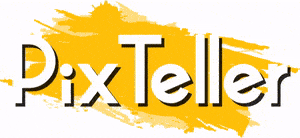No Masterpiece was Ever Created by a Lazy Artist
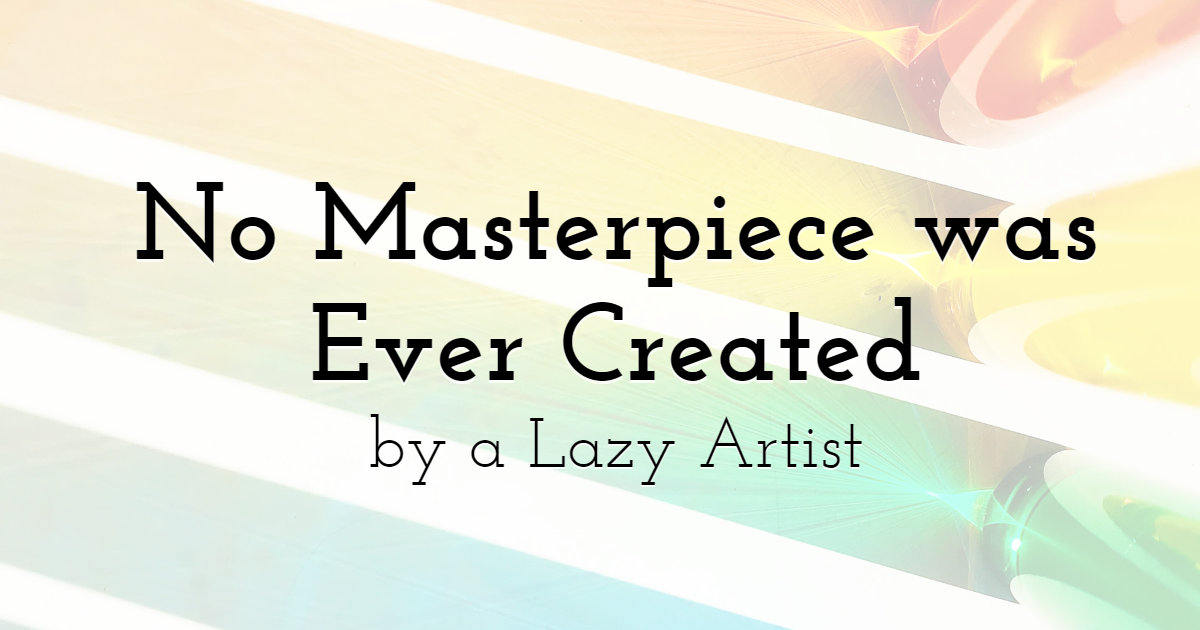
Design astonishing visuals graphics for personal or commercial use with PixTeller online poster maker & free animation maker tool.
A compelling design is more than choosing an eye-pleasing color palette or stunning typography. Graphic designing is a craft where designers convey important messages through visual content.
It requires the implementation of visual hierarchy, page layout techniques, and imagery to align with the specific requirements of a design. Creative geniuses also focus on displaying the elements logically to develop an interactive design and stimulate the user's experience.
It's true that graphic design projects are intricate, involves multiple steps, and require time. The process is evident that a lazy artist can't create a great piece of art. If you want to ace graphic design, here is the effective process you need to follow.
Understanding the Brief
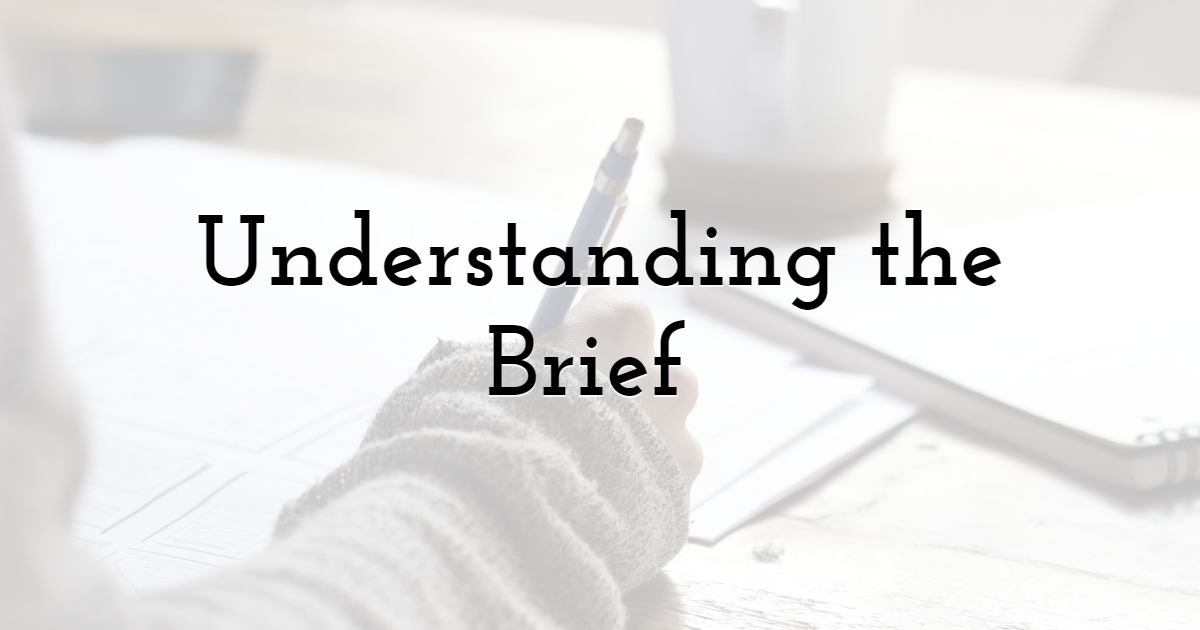
It's obvious, but you need to understand and follow the project brief. It helps the designer and client to stay on the same page and align on project expectations. As a designer, you must need to know how to design and copyright a logo after discussing its brief with the client.
The brief also helps manage the project, identifies the scope, and provides information on what the project is meant to achieve. Using the brief has the following benefits:
- • It facilitates communication and fosters relationships with clients.
- • It provides in-depth information about a design project.
- • It helps bring misconceptions and drives attention towards missing information about your design project.
- • It keeps your client involved in the project.
- • It allows a designer to understand the specifications, insights, or the target audience of the client.
You can also craft your project brief using a tool called Jotform. The tool enables you to make simple forms to share with your client to get whatever information you need.
Conducting Market Research

Once you understand the brief and understand what the client expects from you, it's time to conduct market research. Researching is also helpful in determining the direction you'll be taking to move your design project. It also allows understanding factors such as your client's competitors or what their target audience responds to.
Moreover, researching before starting your design project provides insights into what is currently trending in the industry. It also allows understanding factors such as your client's competitors or what their target audience engages with. You can look at the client's competitor's designs as a source of inspiration. However, you shouldn't copy the design.
The research phase also allows you to analyze what works, what doesn't, and how you can improve your design. And you can always go for alternate resources to gather as much information about the client's competitors as possible. Apart from Google, you can use tools such as Ahrefs or Buzzsumo to identify them, Google Maps to know where they are, and explore industry directories such as Check a Trade or Yelp.
Creating a Mood Board
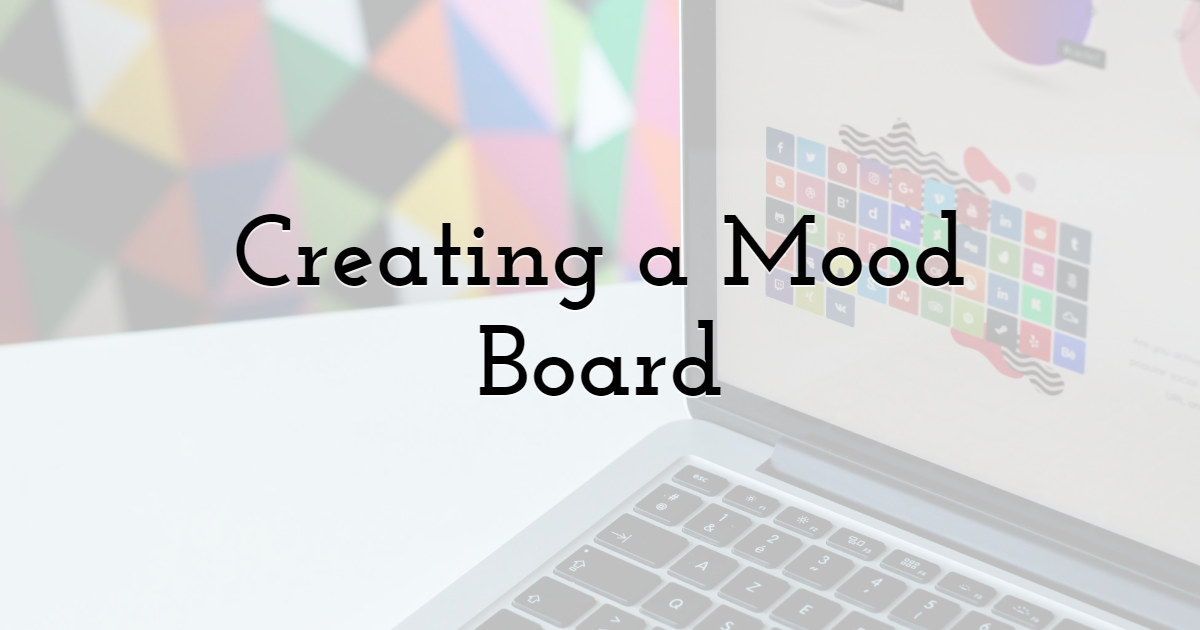
Finding inspiration for your project is essential to start designing. However, it would help if you organized it to transform your inspiration into a cohesive base that enables you to build a design that impresses clients and engages the audience.
The step might sound daunting, but you can simplify it by creating a mood board. Mood boards are physical or digital collages that help arrange material, text, images, or other design elements. You can organize these elements into a format that gives an idea of your final design. Be it a brand, website, or product design. Mood boards are the best way to get a cohesive base for your design project.
More importantly, mood boards help refine your project's style before you step into the design process. Unlike mockups and prototypes, these boards are cost-effective, don't require resources or time, and provide an idea about your design's final look and feel of your design.
Brainstorming Ideas
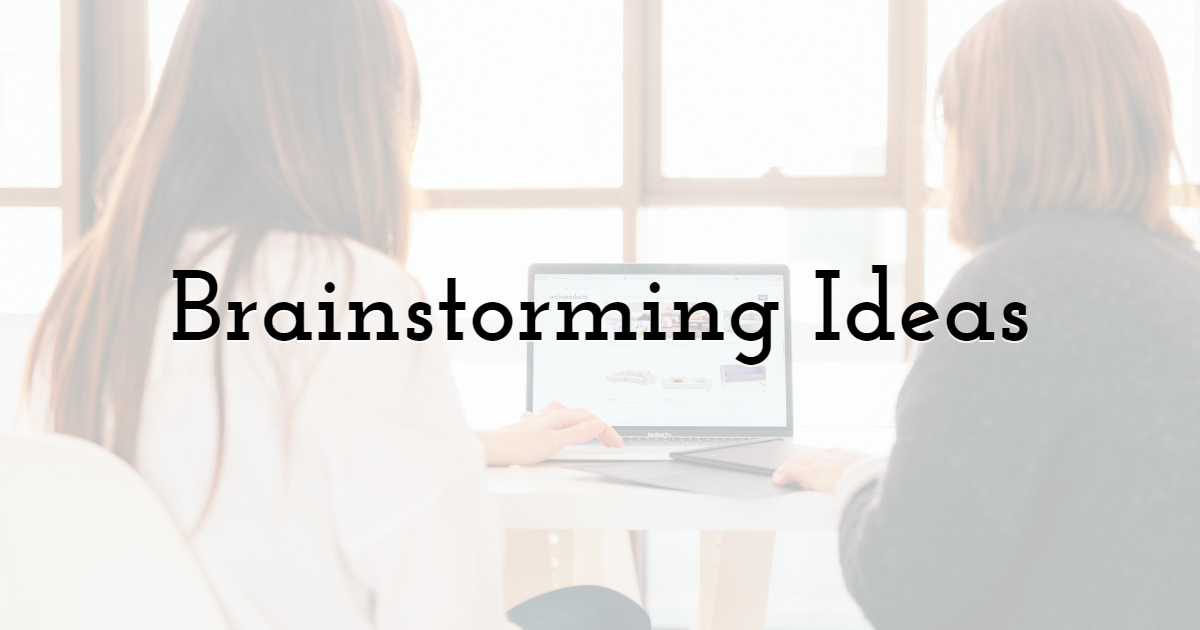
Once you understand the core elements of the project, such as background, ideas, thoughts, and client expectations, it's time to look for ideas for your design project. Don't forget to map out your design's purpose when generating design ideas.
Also, this phase allows you to think outside of the box ideas. You can opt for lateral thinking to find useful ways to ace your design. Don't hesitate to consider multiple approaches instead of focusing only on conventional means.
To get more inspiration, you can also consider design platforms such as Dribble, advanced graphic design (a Facebook group), Q&A portals such as Quora and Designer's talk (slack community). These platforms are excellent for validating your ideas and prioritizing them.
Therefore, don't hesitate to analyze existing designs or showcase your ideas to gain suggestions or feedback on the platforms.
Consider Thumbnailing
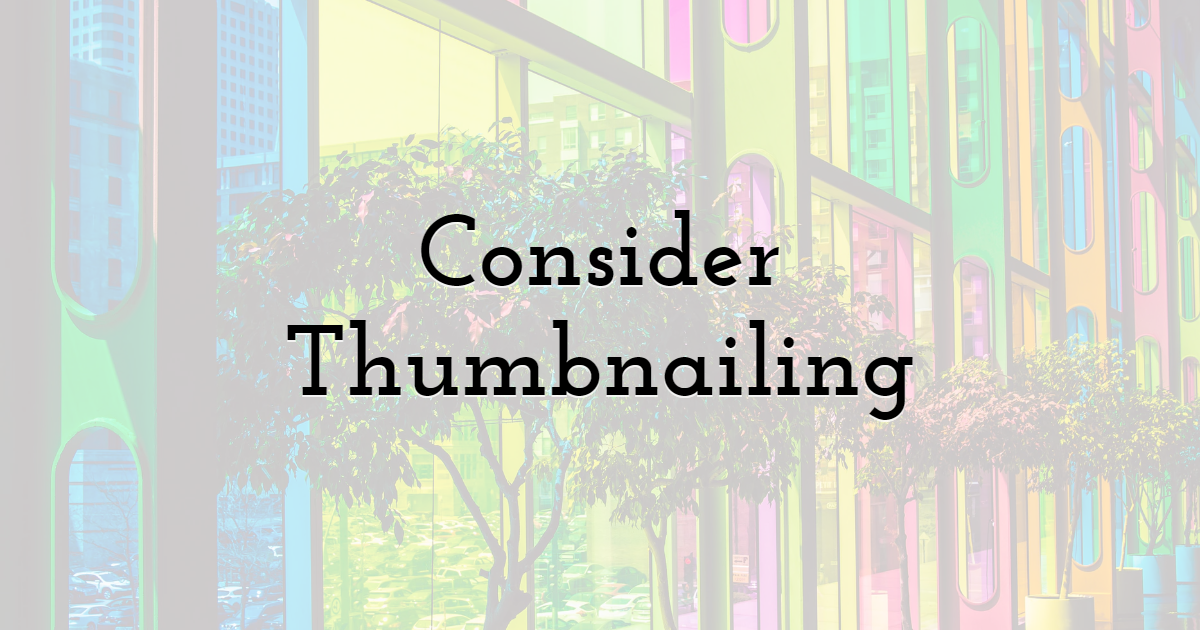
Thumbnailing is one of the essential steps in the creative process. It also defines what you'll need to do in the next levels of your projects.
Moreover, the step enables you to eliminate ideas that won't align with your design. And allow you to focus on the smaller elements, including features, curves, perspectives, and lines that may go well with your design.
If you avoid thumbnailing at the beginning of the design, you might have to redo many design elements along the way. You might find an awesome idea, but without thumbnailing, you're likely to spend additional time refining or revamping concepts.
Developing Concept
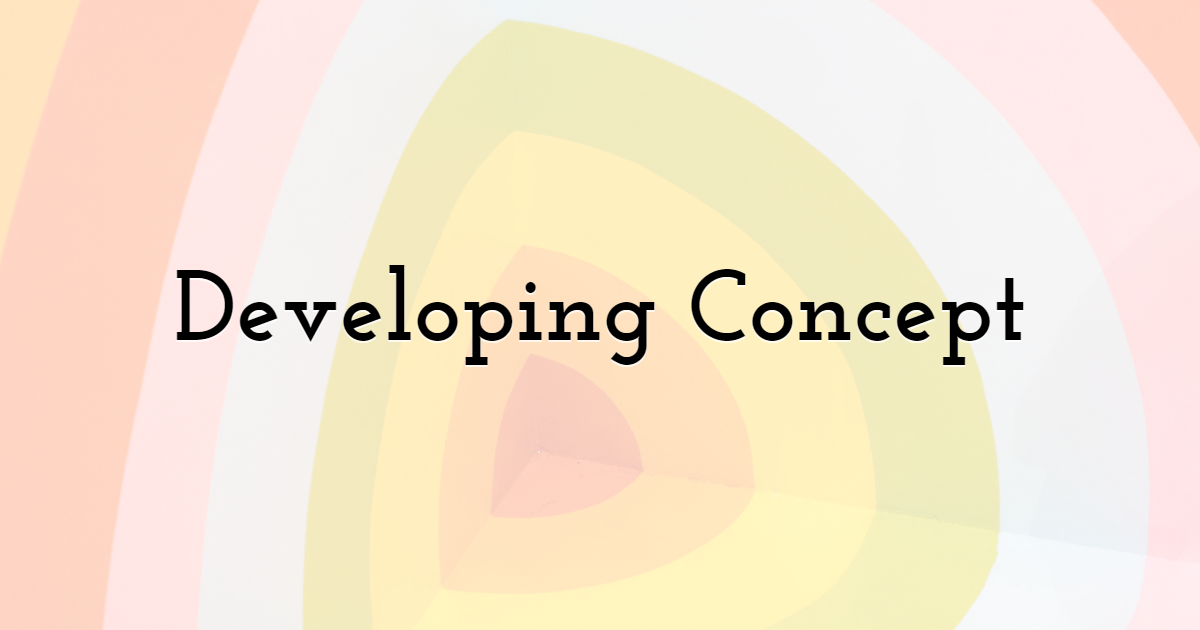
If you put it in simpler terms, a design concept serves as the idea behind the design. Developing a concept for your design allows you to understand its underlying logic, thinking, and reasoning. The concept you develop provides insights about the colors or type. It'll also help you decide the aesthetics for your design and determine the grid.
More importantly, concept development also lets you clearly see which elements would work or wouldn't work to complete a compelling design. You need to focus on the factors that help your design stand out. Also, after initial research and idea generation, your concept must align with the client's brief.
Moreover, concept development is also a phase where you can decide if your design differentiates from what's available in the market or not. Your concept needs to be unique, but it should target the right audience.
Visual Representation of a Design
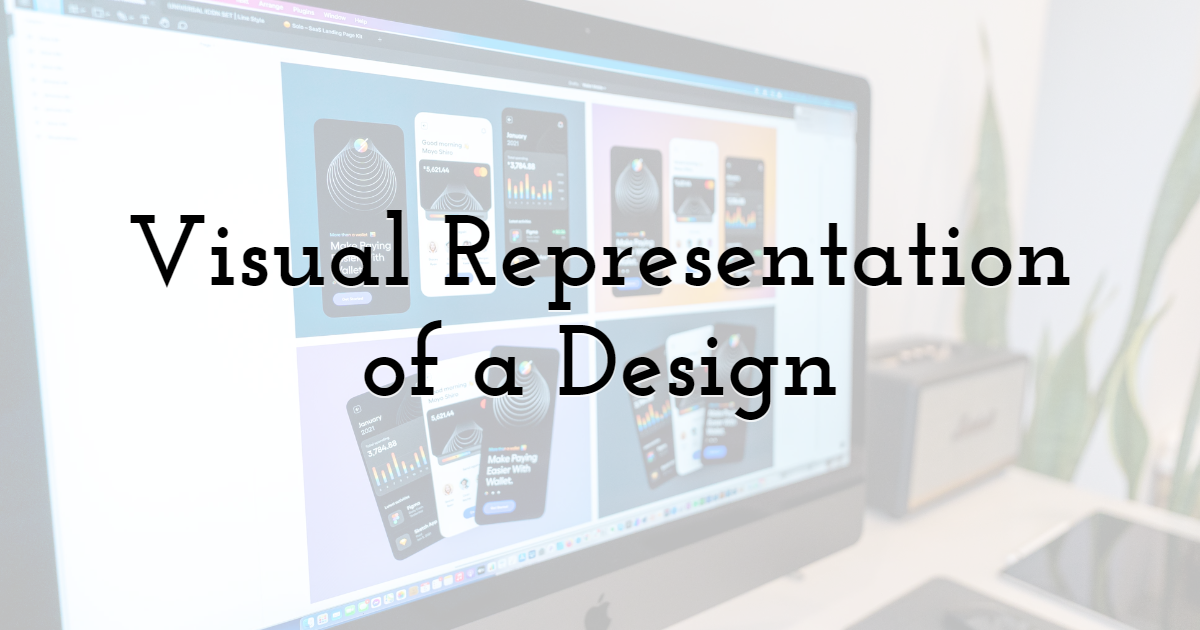
In this step, your design will begin to look like what you might be presenting to your client. You can start building your design from the selected concept and developed thumbnails.
Moreover, you can utilize software and tools such as Illustrator, Photoshop, Adobe Creative Cloud programs, or InDesign that are appropriate for your design project.
Also, depending on your design requirement, you can use digital design programs such as Sketch or analog tools such as paintbrushes and paint. This step also enables you to experiment and find a way to transform your idea into an attention-grabbing design.
Concept Refining
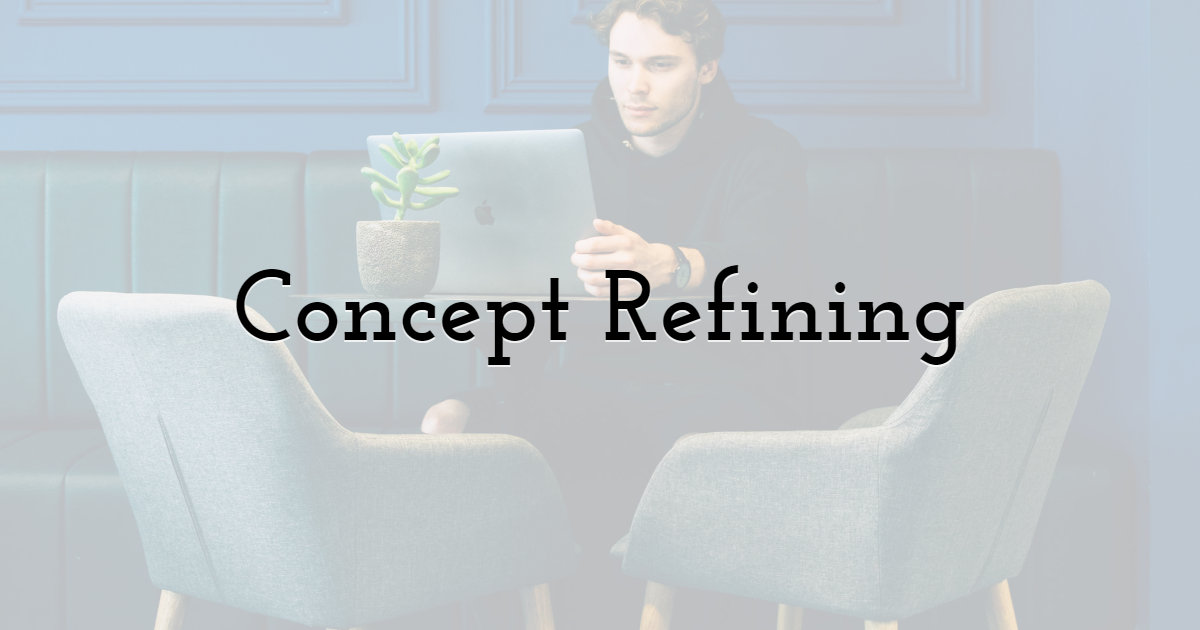
After exploring and experimenting, you need to refine your design to present it to your client. It would help if you refined or made adjustments until you're satisfied with it and it looks like what your client had asked for.
But before that, it would be best to double-check if the design responds well to your client's brief. You can also compare it to the researched market and see if it applies to the client's target audience.
Approval Process
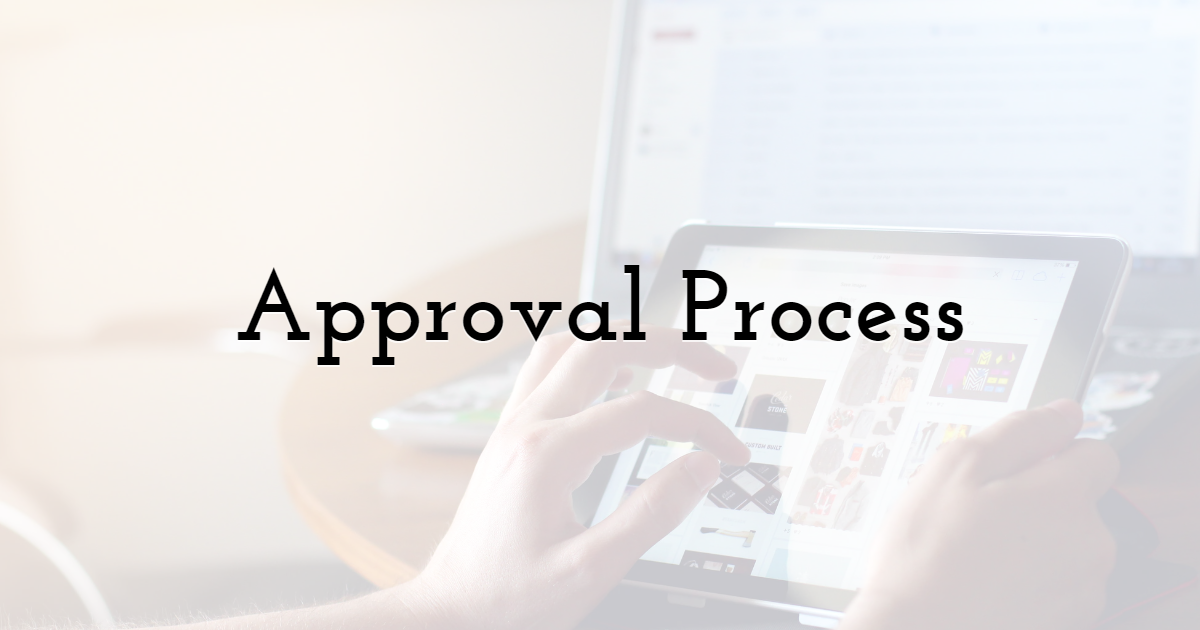
Undoubtedly, presenting the final design to the client is one of the nerve-wracking parts of the process. However, you should explain what you have created and your decision at each design stage. It would help if you were also ready to receive constructive criticism and adjust accordingly.
It's best to focus on the client's feedback to share their thoughts on the design and how the final product should look. Once you get the feedback, don't hesitate to make a few tweaks and bring the design to perfection.
For example, if you're designing a label, your client might ask to include or exclude a particular image or suggest changes in the font. People engage with exciting designs as they appeal to them.
When you make slight tweaks and refine the design, it'll start to look better than before and likely to engage the target audience.
Final Thoughts
These are the basic steps involved in the designing process. If you understand briefly, conduct extensive research and brainstorm unique ideas, you're likely to ace your design project.
There's no denying that designing is an extensive process. That's why it seems best to opt for designing or branding services providers. When you seek guidance from professionals, they may help you build unique design solutions to engage the target audience and stay ahead of the competitors.
Until next time, Be creative! - Pix'sTory made by Anas Hassan
Anas Hassan is a design consultant at leading Branding Agency Logo Poppin. He is deeply interested in exploring graphic design trends and digital marketing. His hobbies include tinkering with his projects and enjoying an occasional steak dinner.
Recommended posts
-
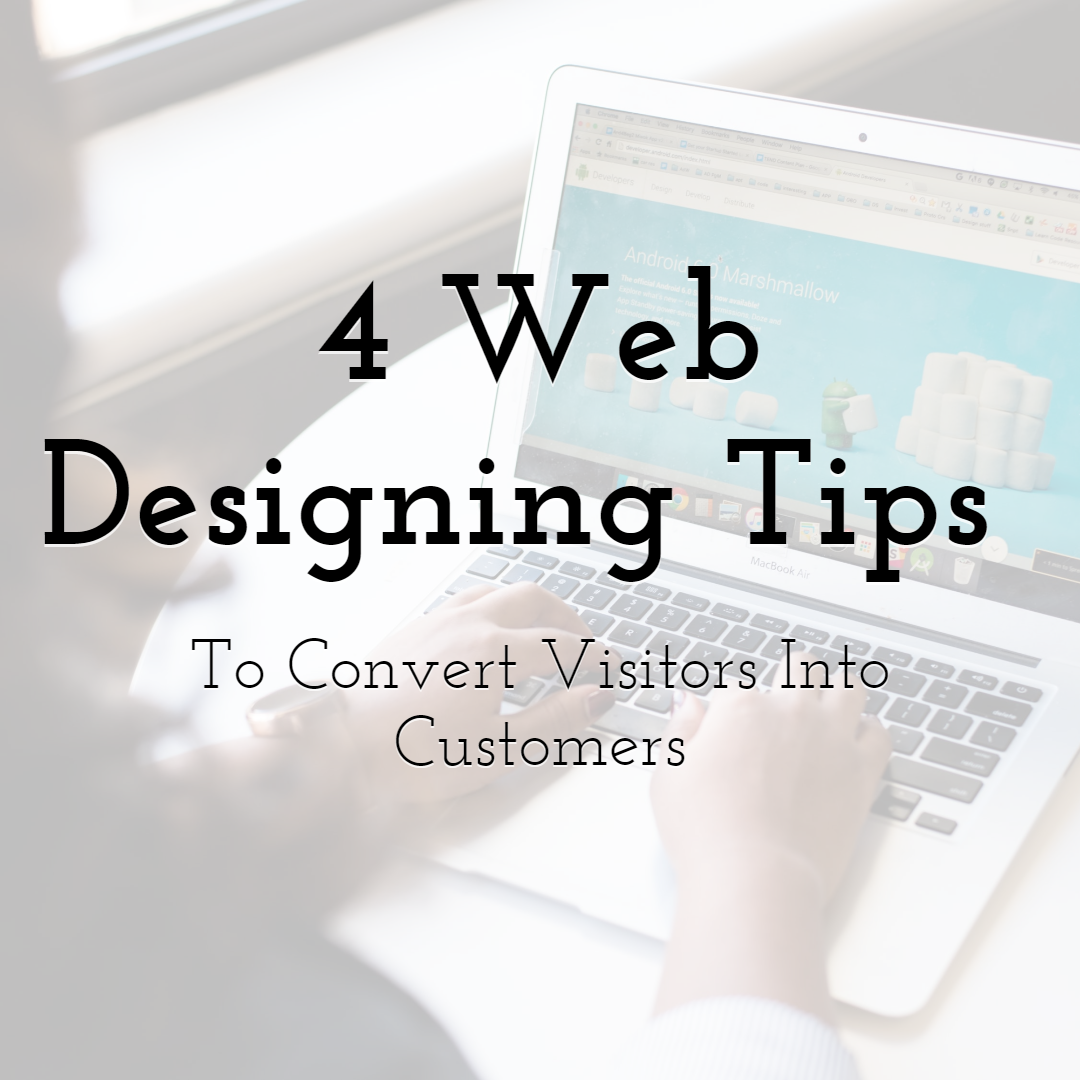
4 Web Designing Tips to Convert Visitors into Customers
Read More › -
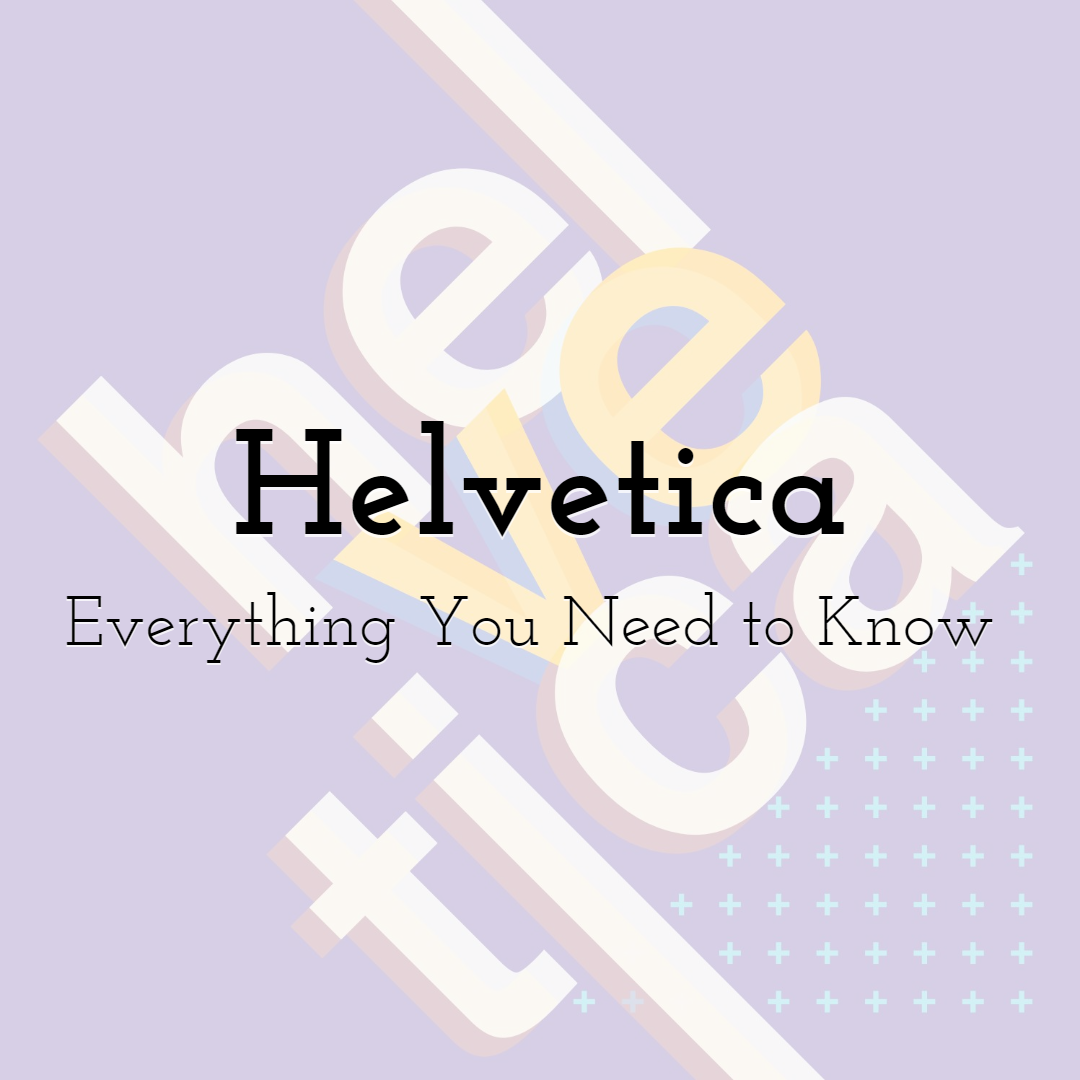
Everything You Need to Know About the Helvetica Font Family
Read More › -
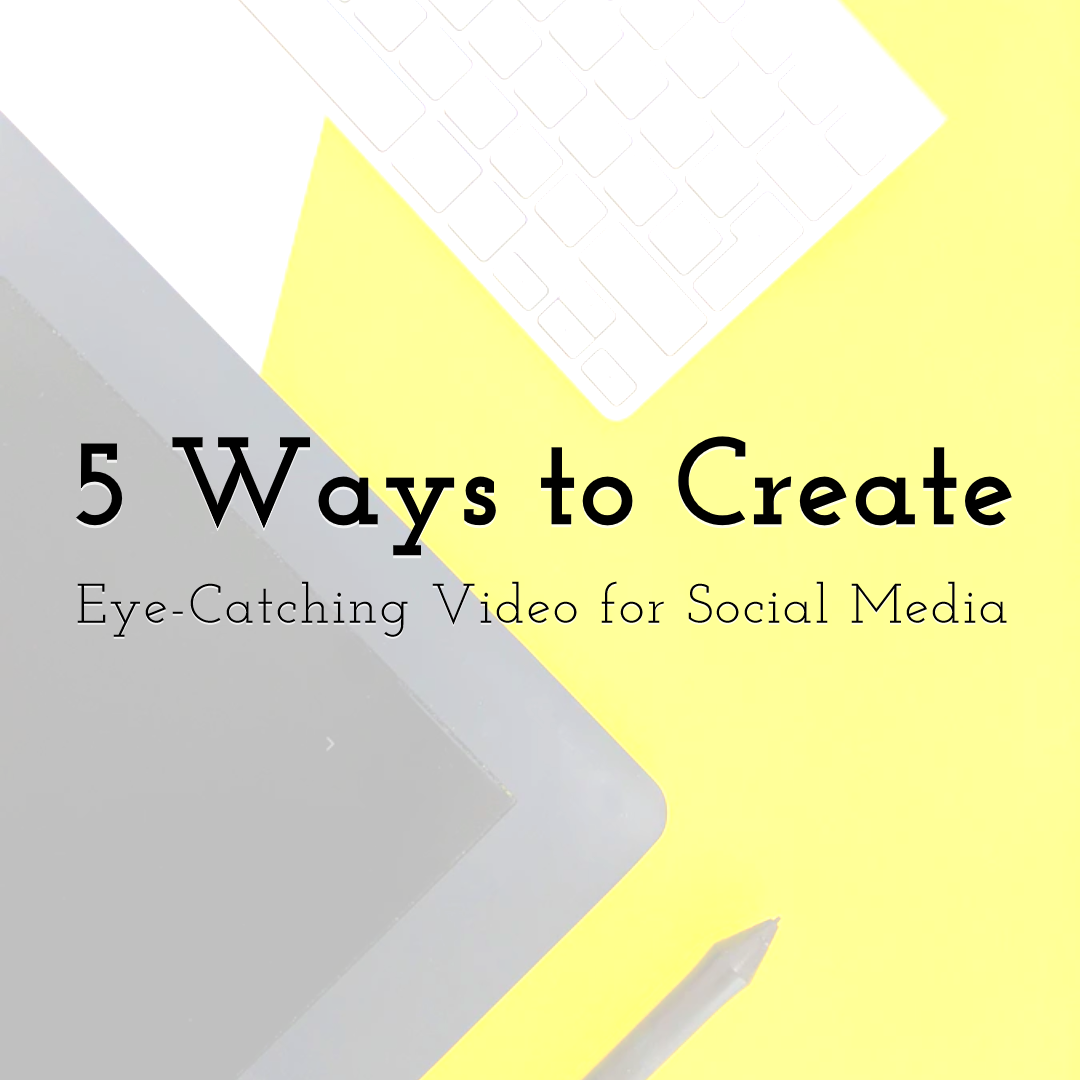
5 Proven Ways to Create Eye-Catching Video for Social Media
Read More › -
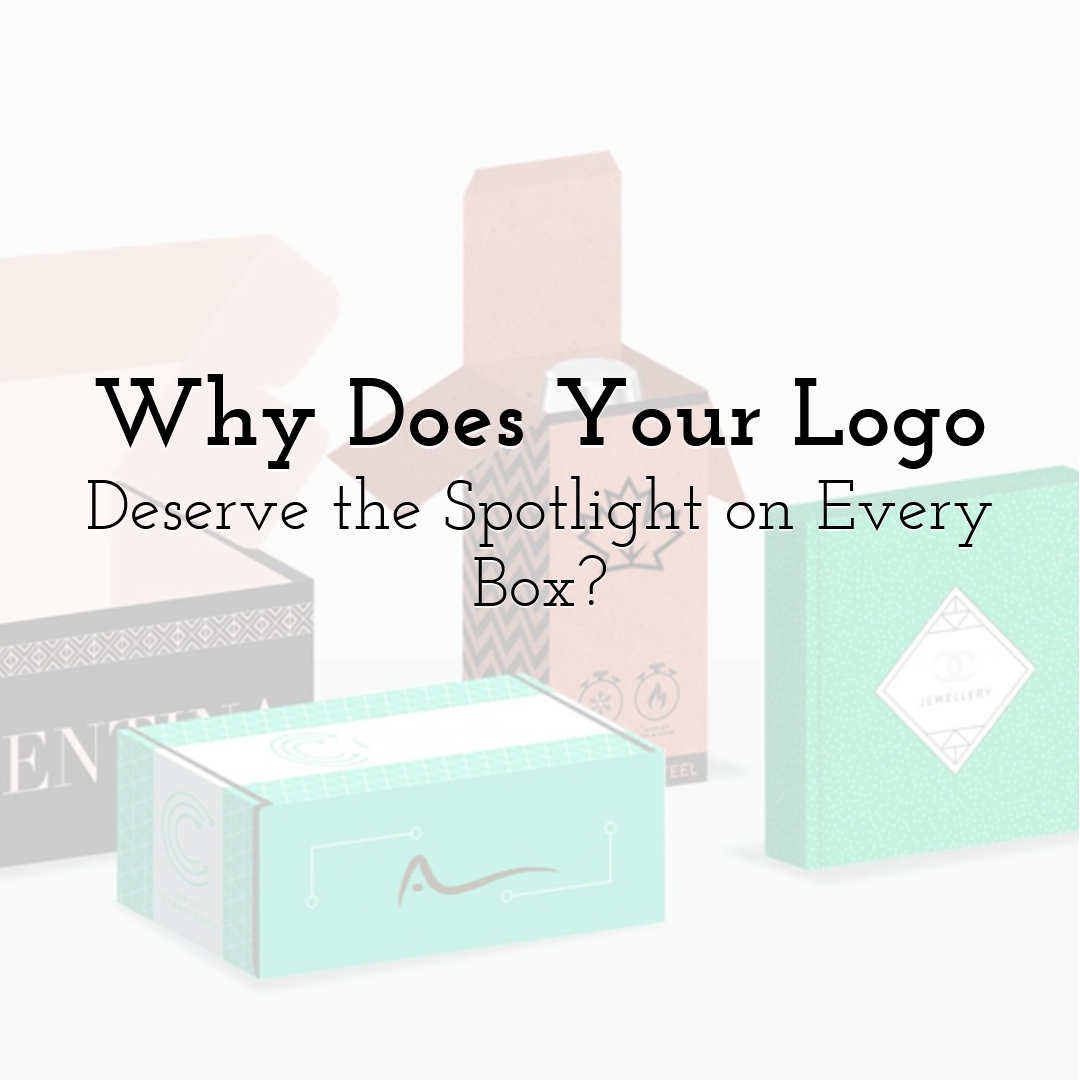
Why Does Your Logo Deserve the Spotlight on Every Box?
Read More › -
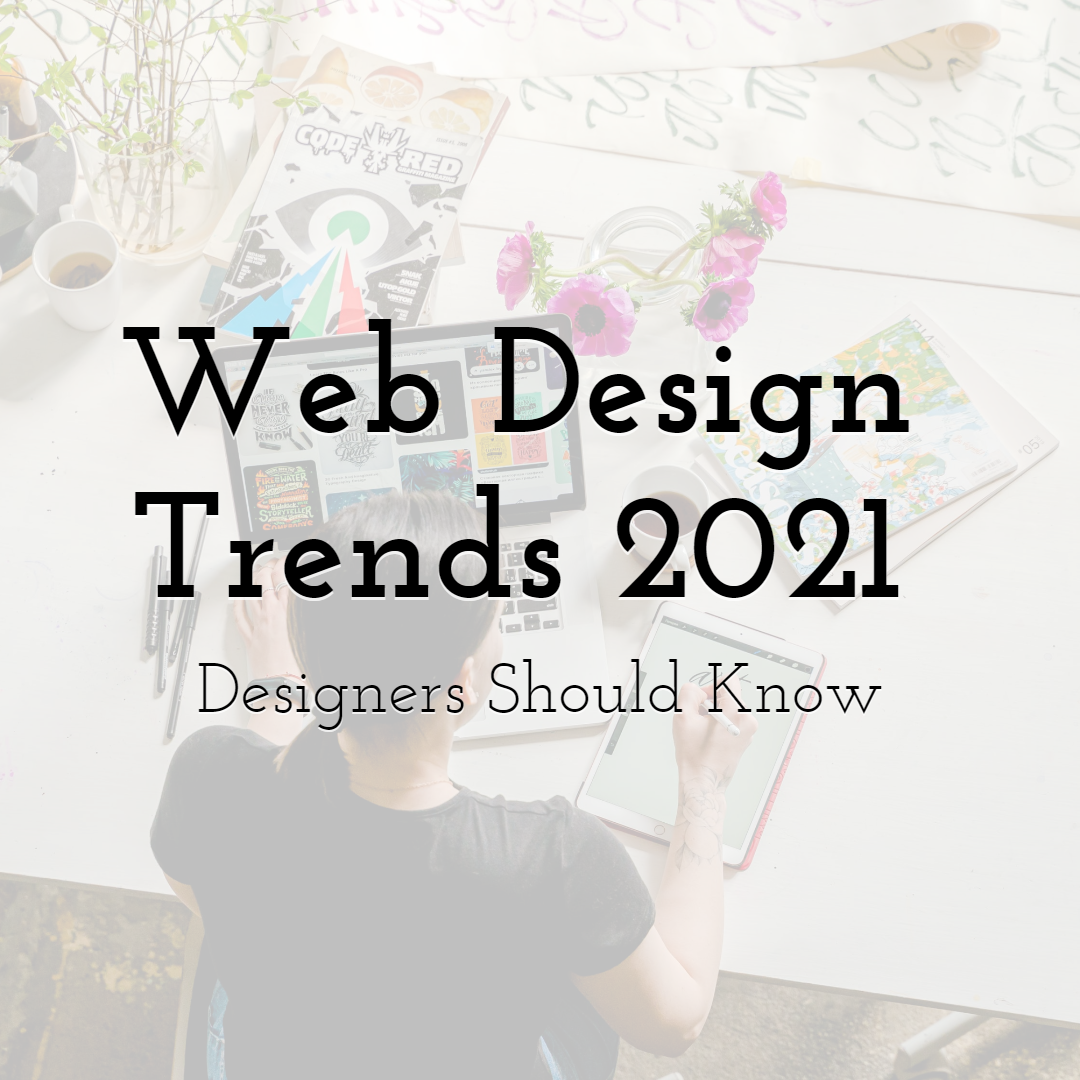
Web Design Trends 2021: Designers Should Know
Read More › -

Why UX Design Strategy Is Important in Reducing User Frustration and Boun...
Read More ›
